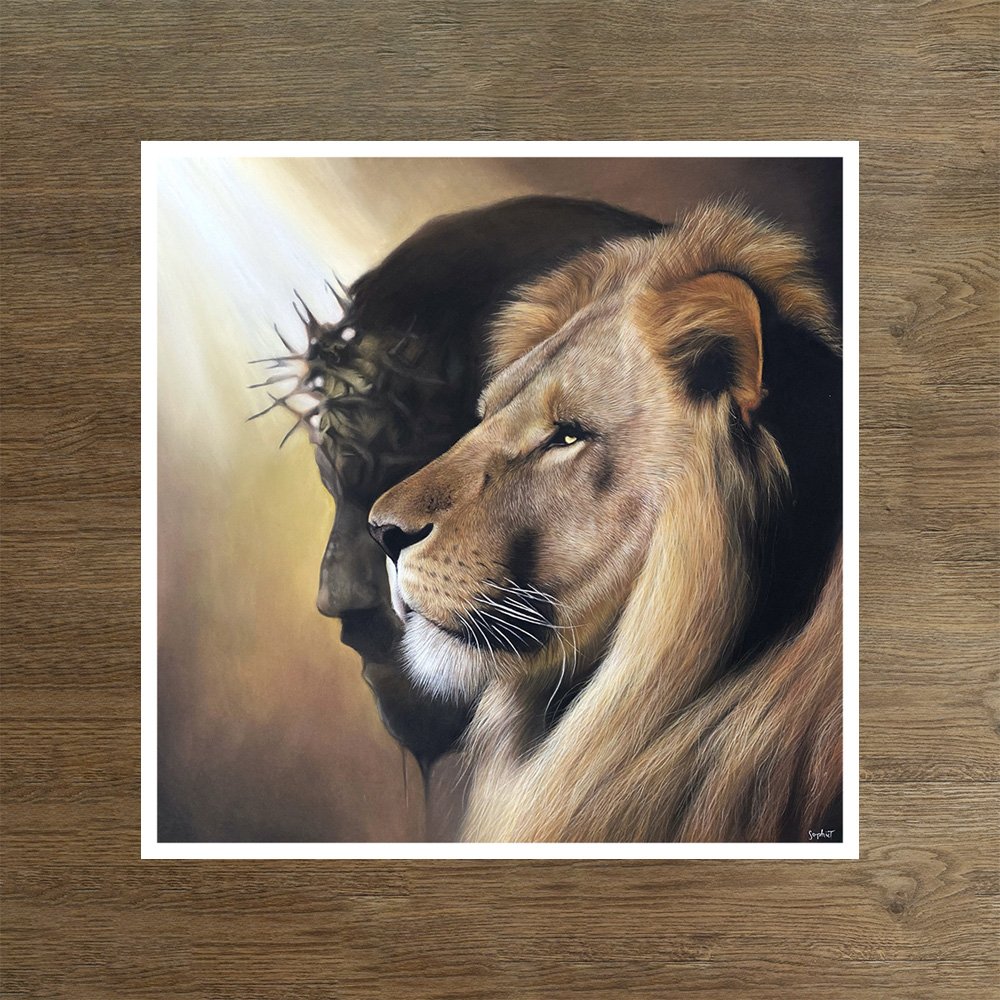Wildlife and other fine art prints
With so many exciting commissions coming in, it’s been hard to find time to move the print side of my business forward. However, I’ve had a number of people asking about prints of various pictures recently, so I really wanted to make some available as soon as possible.
It’s not as simple as you might think though! First I take a high resolution photograph of the picture in excellent lighting conditions. I use a Sony ZV1 camera with a number of light boxes to illuminate the picture evenly. I’m considering buying an A3 art scanner which might simplify the process in the future.
I then edit the image in Photoshop to remove any warping or other imperfections. Next, comes the challenge of making sure the colours of the print are as faithful as possible to the original artwork and or the digital versions that I show online. This requires printing a calibration image on the particular paper that I will be using and sending it to the paper manufacturer. They process it and return an ICC calibration file to me. Photoshop uses this to work out what colour values to send to the printer to best represent the colours in the digital image. If I wanted to, I could go the next step and calibrate my screen. This would mean buying a colour calibration device, but so far I’ve found the colours on my MacBook pro are already pretty good.
The ICC file and the correct paper settings get me close, but I usually find I need to adjust the original image a little in Photoshop so that I’m completely happy with the printed result.
Another decision I needed to make early on in my printing journey was which paper type to use. I wanted to print my artwork on the highest quality fine art paper with archival quality inks. I experimented with several paper types but found Marrutt 300gsm fine art matte paper was the best combination of texture, thickness and tone, that produced great looking prints.
I’ve got an excellent printer that can print up to A2 which I’m really pleased with as big prints can look absolutely stunning and show off the detail of my work really well. I purchased a stack of A2 fine art paper at an eye-watering cost but it should last me a while, and I’ll hopefully recoup the investment after selling enough prints. There is also the cost of the inks to factor into my pricing plan, as filling my printer with ink costs even more than the paper!
Once I was happy with the way the prints looked, I experimented with various ways of shipping them. I decided to send the smaller mounted ones flat in sturdy envelopes, but the larger ones need to be carefully rolled up in postal tubes to protect them. It’s probably overkill but I cover them with glassine paper when I do so to make sure the print is really well protected.
I then had a fun time photographing them for the website, trying out different props, angles, and compositions.
In terms of pricing, I obviously wanted to cover the costs of materials and my time, but also reflect something of the value of the artwork itself (something I’m told artists often find really hard!). If I am able to make a profit on these prints, I’d love to work on some more original drawings to turn into future prints.
The prints are now available in my online store. If you are outside of the UK or are interested in other sizes, feel free to get in touch.




